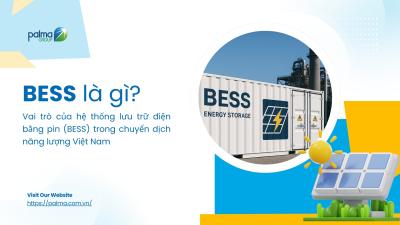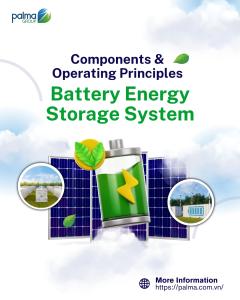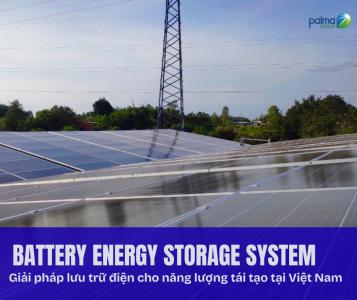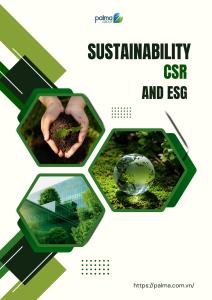News
PALMA SOLUTIONS JSC
Recycling Solar Panels: Closing the Loop of Clean Energy
Solar power has long been seen as a symbol of sustainable development. However, a critical question remains: is solar energy truly “clean” throughout its entire life cycle—especially when panels reach the end of their service life?
Are Solar Panels Harmful to the Environment?
In general, the operation of solar panels poses minimal risks to human health or the environment. Modern solar panels are sealed tightly with tempered glass and polymer layers, preventing chemical leakage.
Studies have shown that rainwater runoff from panel surfaces does not contain toxic substances, and the panels themselves do not emit harmful gases or chemicals during use. Concerns around hazardous materials like cadmium mainly relate to specific types of industrial panels and are subject to strict control.
The Challenge of “E-Waste” and Recycling Solutions
Although solar panels operate cleanly, their efficiency gradually declines after 25–30 years of use, turning them into electronic waste. By 2050, the world could face millions of tons of decommissioned solar panels—posing a significant waste management challenge.
Currently, three main recycling technologies are being developed and applied:
- Mechanical Recycling: Focuses on dismantling frames, shredding materials, and sorting components. This is the most common method but has low recovery rates for valuable materials.
- Thermal Recycling: Uses high temperatures to remove polymer layers. Suitable for thin-film panels, but energy-intensive.
- Chemical Recycling: Applies solvents to separate materials and recover high-value components like silver, copper, and pure silicon. Though highly efficient, this method faces barriers in cost and complex chemical treatment processes.
A New Direction: Designing for a Circular Life Cycle
The solar industry is rapidly moving toward a circular economy model with innovations such as:
- Modular Design: Next-gen solar panels use less adhesive, making disassembly and recycling easier.
- Eco-Friendly Materials: Replacing hazardous substances like lead and cadmium with safer alternatives to minimize environmental risks.
- Closed-Loop Supply Chains: Some companies are already developing in-house systems for collection, recycling, and reuse.
- Local Recycling Centers: Investing in smaller-scale, tech-enabled facilities to reduce costs and optimize waste handling efficiency.
Conclusion: From Clean Energy to a Circular Economy
Recycling solar panels is not just a part of waste management—it’s an opportunity to transform the entire solar energy production chain into a sustainable loop.
When design, production, use, and recycling are seamlessly connected, solar energy becomes a powerful driver of a truly circular and long-term green economy.
Did You Know?
A typical solar panel weighs about 60kg and can contain up to 1 gram of silver. Efficient recycling not only protects the environment but also conserves precious resources for future generations.
Clean energy is only truly clean when its life cycle is closed.
Let’s work together with Palma to promote responsible production – usage – and recycling for a truly sustainable future.
29/08/2025 15:31:04
News other
Explore the components, operating principles, battery technologies, and sustainable lifecycle of Battery Energy Storage Systems (BESS) – a key solution toward Net Zero.
Battery Energy Storage Systems (BESS) help Vietnam optimize renewable energy, stabilize the power grid, and accelerate the clean energy transition.
 PALMA SOLUTIONS JSC
PALMA SOLUTIONS JSC







![[PALMA x NOVALAND] WORKSHOP ON MAINTENANCE AND SERVICING OF SOLAR LANDSCAPE LIGHT PLL-30 AT NOVA HILLS – MUI NE [PALMA x NOVALAND] WORKSHOP ON MAINTENANCE AND SERVICING OF SOLAR LANDSCAPE LIGHT PLL-30 AT NOVA HILLS – MUI NE](https://palma.com.vn/upload/z3634653067260_15cb1f4d62b14f3a684fdf4ee9de4870_-11-08-2022-13-55-36.jpg)
_-10-12-2025-00-33-27.jpg)

_-24-10-2021-21-55-01.png)
_-21-04-2022-13-38-01.png)
